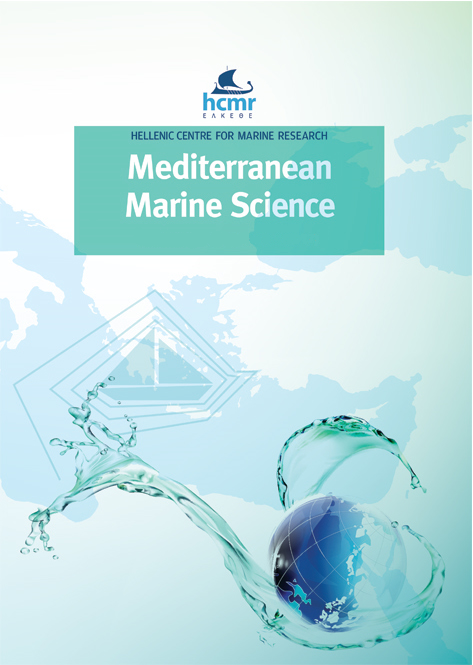Structure and Dynamics of Phytoplankton Populations in the Black Sea from 2014 to 2017
Resumen
This study investigated the seasonal variations in phytoplankton communities along the Turkish Black Sea coast (2014-2017). Analyzing data from 20 stations revealed high biodiversity (175 species across 14 classes). Phytoplankton abundance showed distinct seasonality, with a peak in summer (2017, 96.6%) and lows in winter, characterized by dinoflagellate dominance. In terms of biomass, diatoms dominated in half of the sampling seasons, while dinoflagellates dominated in the other half at the surface during the study period. The dominance of dinoflagellates corresponded to the winters and summers of 2015 and 2016. The winter conditions of 2015 were harsh. The surface water community composition sometimes varied from that of the water column. Importantly, 44 potentially toxic species were identified, comprising 25% of the community and significantly contributing to both abundance (73.2-98.6%) and biomass (64-90.2%) throughout the year. These results highlight the unique structure of the Black Sea phytoplankton community, characterized by seasonal dominance of diatoms and a significant presence of potentially toxic species. Season, year, and water depth significantly influenced the phytoplankton assemblages. Water temperature was negatively correlated with dissolved oxygen and nitrogen-based nutrients.
Article Details
- Cómo citar
-
SAHIN, F. (2024). Structure and Dynamics of Phytoplankton Populations in the Black Sea from 2014 to 2017. Mediterranean Marine Science, 25(3), 682–697. https://doi.org/10.12681/mms.37603
- Sección
- Research Article
Authors who publish with this journal agree to the following terms:
- Authors retain copyright and grant the journal right of first publication with the work simultaneously licensed under a Creative Commons Attribution Non-Commercial License that allows others to share the work with an acknowledgement of the work's authorship and initial publication in this journal.
- Authors are able to enter into separate, additional contractual arrangements for the non-exclusive distribution of the journal's published version of the work (e.g. post it to an institutional repository or publish it in a book), with an acknowledgement of its initial publication in this journal.
- Authors are permitted and encouraged to post their work online (preferably in institutional repositories or on their website) prior to and during the submission process, as it can lead to productive exchanges, as well as earlier and greater citation of published work (See The Effect of Open Access).





